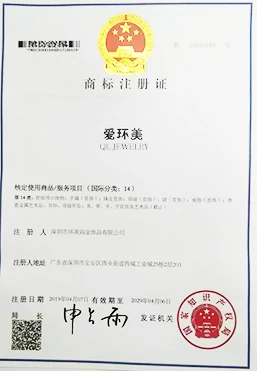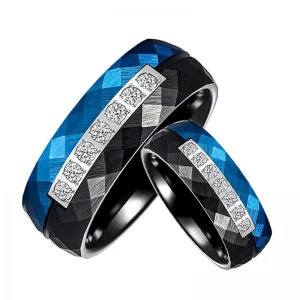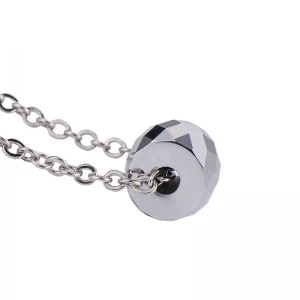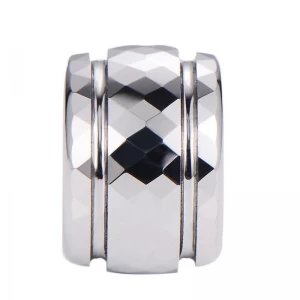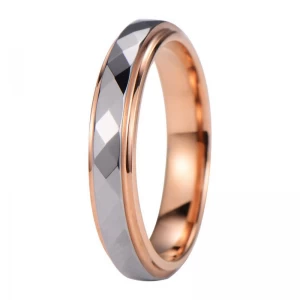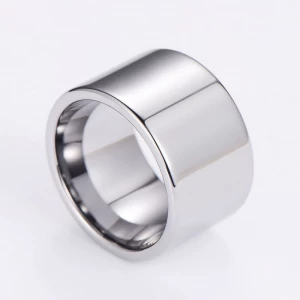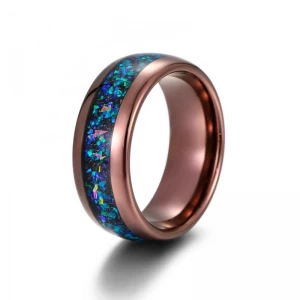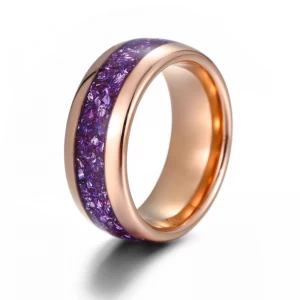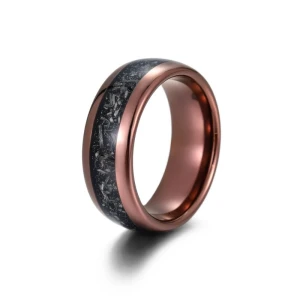Jewelry production process-mold making and casting
Make rubber mold
The process of making rubber molds is called tapping for short. Rubber molds are widely used in commercial mass production because they are flexible and can be cut at will. All kinds of complicated templates can be cut out. The life of a rubber mold is carefully used. Up to 10 years. It is not difficult to cut a simple rubber mold, while cutting a complex structure requires patience, research and practice. The tools and materials used for rubber mold making are:
1. Mold frame: usually made of aluminum, but also made of other metal materials such as steel, in various sizes.
2. Raw rubber: At the beginning of making the rubber mold, the rubber used must be uncured raw rubber. At this time, the rubber has excellent plasticity and can be cut and combined at will. After curing, the shape of the rubber mold will be fixed. Excellent toughness and elasticity. In addition to natural rubber, silicone rubber has been used to make rubber molds in recent years.
3. Scalpel: The main tool for cutting rubber molds. The shape of the knife can be selected according to the needs. Because the scalpel is very sharp, be careful when operating it.
4. Mold repair pen: actually a special electric soldering iron, used to repair defects on the rubber mold.
5. Nozzle seat: The nozzle of each rubber mold is not too thick. For the convenience of wax injection, a nozzle is set on the edge of the rubber mold to form a bell mouth.
6. Hot press: It is a rubber mold curing equipment. Electric heating wires are installed in the upper and lower pressing plates, and the temperature is adjustable. The upper pressing plate is connected with the screw to adjust the distance and pressure between the two pressing plates. The curing temperature of the rubber mold is generally 140℃~150℃.
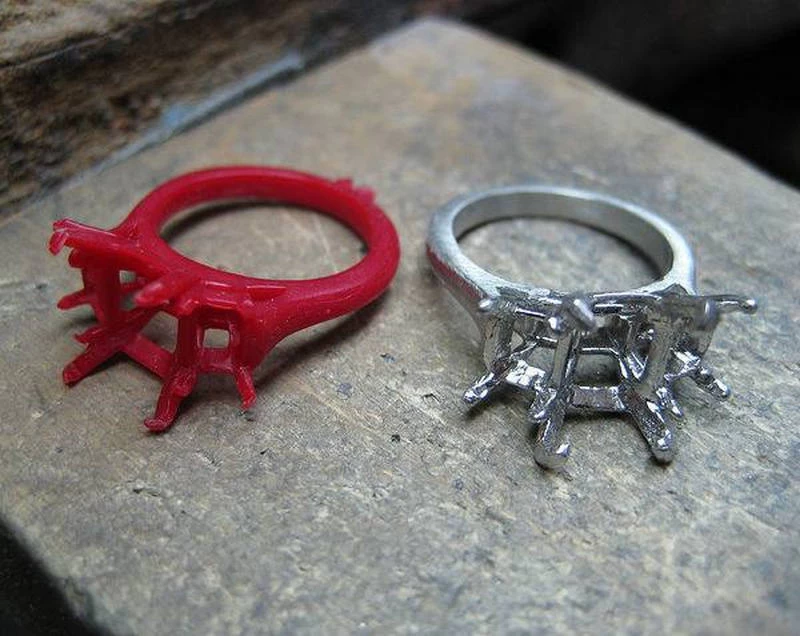
Make wax mold
Wax molds are cast using rubber molds. This process is called wax injection for short. The wax used to make the wax model is prepared with various waxes with different properties. So as to obtain the required melting point, hardness, strength and toughness synthetic wax. No matter what kind of wax, the general requirement is to have a certain strength, which can be completely burned without leaving residue. The shorter the melting distance, the better. The production of wax molds can be divided into the following three categories:
1. Wax for injection: A good wax for injection should have a low melting point, good fluidity, fast solidification, appropriate elasticity, and easy to take out from the mold. Commercial waxes are available in various colors such as green and red to distinguish their properties. Green wax is most commonly used. The melting temperature of a good wax is between 63°C and 74°C. The lower the temperature, the smaller the shrinkage of the wax. If the wax injection temperature is too high, the wax will flow into the slit of the rubber mold and inhale air. When cooled, small bubbles in the wax are formed.
2. Wax injection: The wax is melted by the wax injection machine and then injected into the rubber mold with pressure. The rubber mold filled with wax should be placed for 2 to 3 minutes. After the wax mold is cooled, carefully take out the wax mold. The temperature of the melting wax during wax injection is adjusted according to the properties of the wax. The air pressure is adjusted according to the thickness of the wax mold, generally controlled at 4-10 air pressure, and the thicker wax mold uses a higher pressure. When injecting wax, clamp the rubber mold with two aluminum plates or steel plates or plexiglass plates, and step on the foot switch with both hands aiming at the wax injection nozzle, and the wax injection will start. When the indicator light goes out, the wax mold is ready.
3. Take out the wax mold: The timing of taking out the wax mold from the rubber mold should be mastered. If the wax is not completely solidified too early, it cannot be formed; if it is too late, it will harden and become brittle, and it will be easily broken when taken out. Place the injected and cooled plastic mold on the workbench, hold the lower mold with one hand, and slowly bend the upper mold with the other hand, while the wax mold is still in the lower mold, then pick up the lower mold and bend slightly. Take out the wax mold. The removed wax mold, such as tiny defects on the surface, can be properly repaired, and the repair can be done by waxing up and scratching.
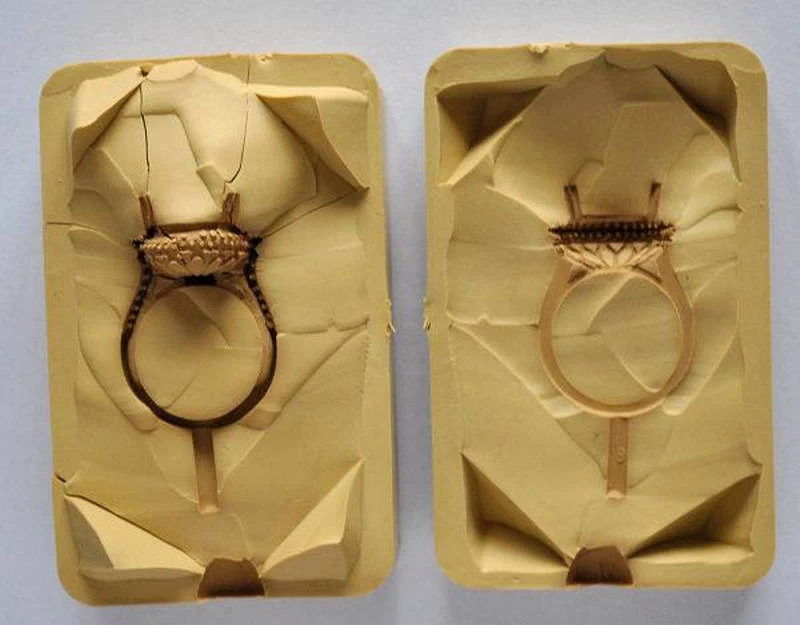
Smelting, casting Jewelry
casting can be divided into two categories: one is smelting; the other is casting. However, because the melting operation is time-consuming, the temperature is not easy to control, mass production is restricted, and the casting uses a centrifuge and a vacuum suction casting machine.
1. Melting: After weighing the required metal and patching, put the two metals into the gold melting pot and evenly mix and smelt. After mixing and smelting, they can be cast directly. A key issue in casting is the casting temperature. Different metal materials have different casting temperatures, which depend on the melting point and characteristics of the metal. There are four basic areas where the melt can flow into the jewelry mold. Different areas cause different results. In order to achieve the desired effect of the cast blank, we must first understand the melting point and characteristics of the metal used. The semi-liquid metal melt seems to have good fluidity, but in fact it is still slightly less heat. The heat and inertia it contains is not enough to make the two separate streams of hot liquid melt at the point of convergence. The semi-liquid metal The consequence is cooling pitting, and the serious one is missing limbs. The appropriate temperature allows the molten metal to maintain its best fluidity and converge into a complete liquid. Excellent operators follow this principle and freely cast the most ideal product at the pure working point. Due to the overheating of the metal melt, the effective ingredients volatilize and the metal dries, resulting in overheated pitting. The consequences are sometimes worse than insufficient melting point.
2. Casting: (1) Centrifugal casting machine is the most commonly used machine, which is operated by the principle of centrifugal force. (2) The vacuum suction casting machine has high requirements for plaster molds and mold cylinders, and it takes time to deal with the plugging of the bottom hole of the crucible and is not popular. Although the new automatic vacuum suction casting machine adopts pouring casting, it is large and expensive, which also affects the application of vacuum suction casting machine in the market.
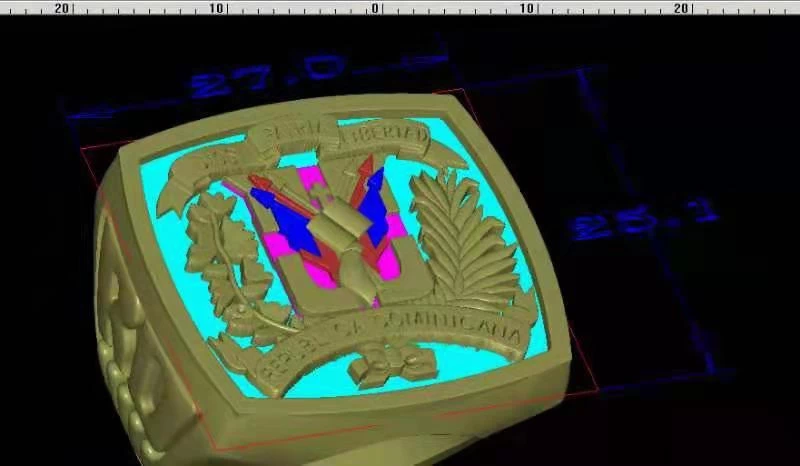

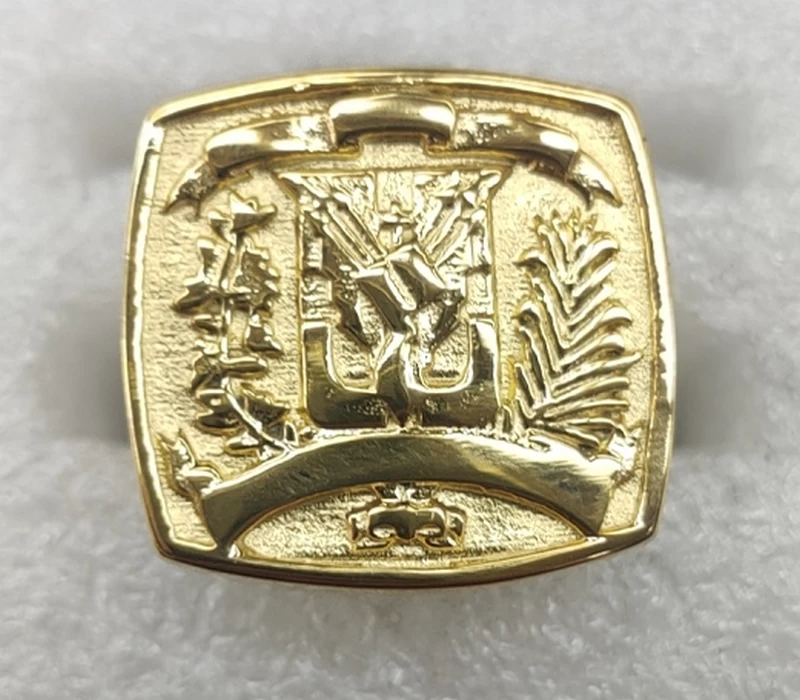
Hollow electroforming
In recent years, hollow electroforming has been developed in the jewelry production process, and this technology has gradually matured due to the development of new additives. In fact, the preparation work for electroforming is almost the same as the lost wax casting process, except that there is no need to make a plaster mold, only the surface of the wax mold is sensitized to make the surface of the wax mold conductive, and then electroplating in a special electroforming solution is completed. After melting off the wax mold, it deformed into a hollow ornament.
To know more please click: Men’s wedding bands Design

